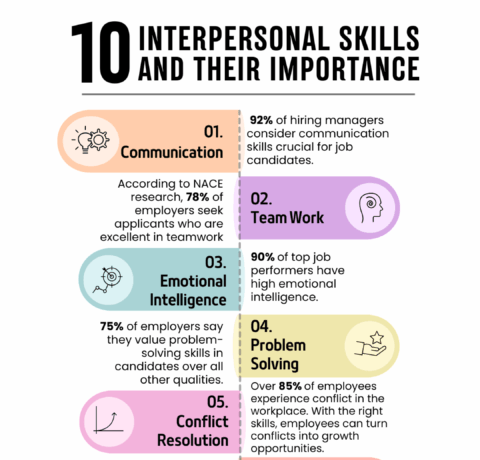eLearning Localization: What, Why, And How?—Infographic
eLearning localization involves the adaptation of online courses according to the specific culture of learners.
What Is Localization?
eLearning localization involves the customization of learning content in order to suit the ethnic, geographic, and cultural sensibilities of learners.
Why Is Localization Important?
The effectiveness of the course increases when the course is localized and the following objectives will be achieved by localizing your eLearning:
- Ensures consistent message delivery
- Enhances knowledge acquisition and retention
How Can It Impact Learning?
Localization fosters an inclusive learning culture. When an eLearning course is customized to the background of the learners, they will find it more valuable than an eLearning course pushed out to the masses and devoid of language and cultural considerations.
- Content
If the course involves real-life scenarios and instances, ensure that the content is relevant for the learner. Also, idioms and colloquial examples should be appropriate for the audience. - Visuals
As important as it is to localize text, images and color also need to be considered. - Standards
Date, time, currency, units of measurement, etc., need to be localized for better relativity. - GUI
The Graphical User Interface needs to be customized to meet the needs of your multilingual employees. Additionally, the interface should be able to accommodate the expansion and contraction of the content after the translation, since some languages are more verbose than others.







You can adjust your cookie preferences here.